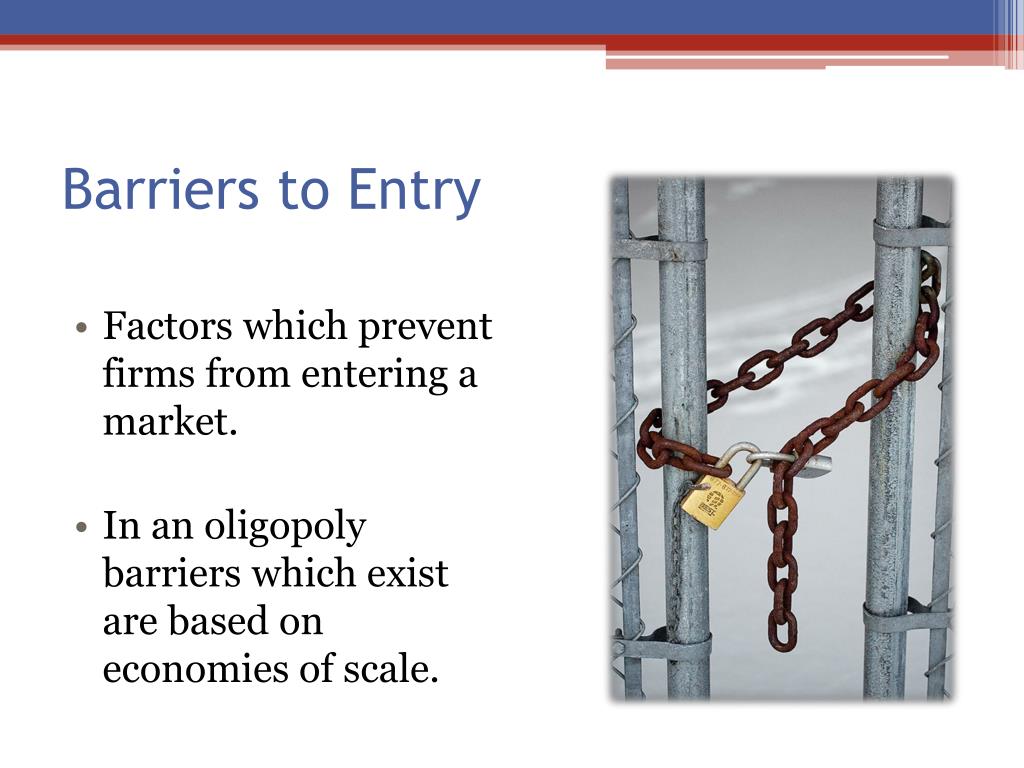
In such an arrangement, the public authority can secure scale economies, such as equipment purchasing, maintenance, port planning, and terminal layout, and let relatively small firms provide port services. The MES in a port market might be reduced by a public authority, mainly the port authority, that owns assets and leases them to private firms. The large size of the MES might explain the relatively high concentration of most port services. It may exit, leaving the market to one operator with a sufficient scale. A second, smaller competitor may have a structural cost disadvantage that prevents profitability. In a small market size relative to the MES, economies of scale are only fully realized with one supplier of port services. MES is the smallest scale at which the output can be produced at a minimum average long-run cost (i.e.it is reached when marginal and average costs no longer decrease when capacity is expanded) under the assumption that the terminal is operating with a given technology.įor port services such as a container terminal, or an iron ore terminal, the MES is quite large. The Minimum Efficient Scale (MES) for providing a port service depends on the cost curves for this provision. Entrants are, in many cases, multinationals (such as Hutchison Ports), others are affiliated to large state-owned conglomerates (such as the Chinese COSCO), or might even be groups of investors with access to the capital markets. Specialized equipment and high capital requirements alone are not an entry barrier. The incumbent has had lower initial investments and enjoys relatively high profits. If, such subsidies are not available for new entrants, that is clearly a barrier to entry. Consequently, new entrants face costs that incumbents have not had to bear. Incumbents have a long-term cost advantage if such benefits from public investments are no longer available for entrants, for example beause of changing policy guidelines. Thus, existing leaseholders may benefit from accumulated public investments. Furthermore, the opportunity costs of the land are not always included in the land price paid to the landlord by port-service providers.

In some cases, they have also invested in the superstructure. In most seaports, public port authorities have invested in infrastructures such as rail terminals and quays.

This advantage might be the result of one or more of the following factors: The first type of economic entry barrier in seaports is the absolute cost advantage that might be enjoyed by an existing port service provider.
Barrier to entry license#
Regulatory and institutional entry barriers such as no license given to new firms willing to operate in a particular port.Economic entry barriers such as the need to make long-term, capital intensive, and fixed investments.In some cases, port reforms have introduced a few private port operators, yet they have failed to lower the entry barriers for more firms interested in providing port services.īarriers to entry in seaports are classified into three categories: In contrast, a long-run barrier to entry is a cost that must be incurred by a new entrant that incumbents do not, or have not had to, bear. A barrier to entry is anything that prevents an entrepreneur from instantaneously creating a new firm in a specific market. Entry Barriers in SeaportsĪlthough the port industry has become a more open market in the last decades, entry barriers for those wishing to provide port services remain substantial. Entry barriers comprise the placement of economic, regulatory, and locational impediments in seaports.


 0 kommentar(er)
0 kommentar(er)
